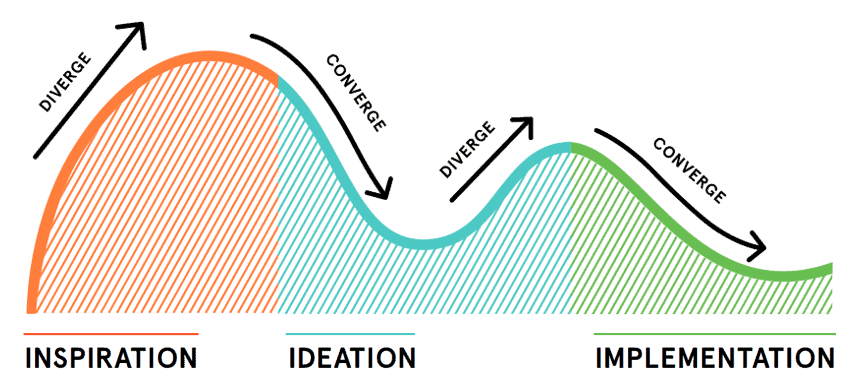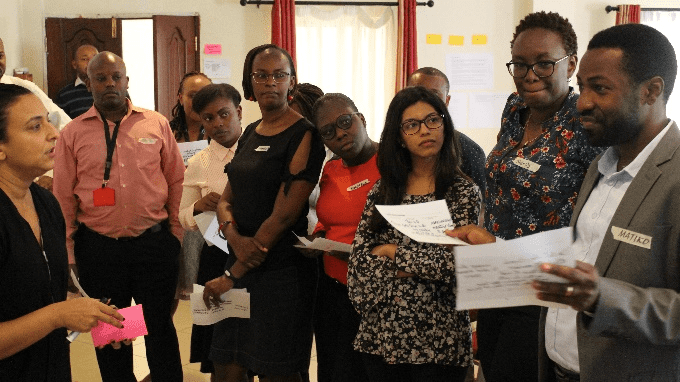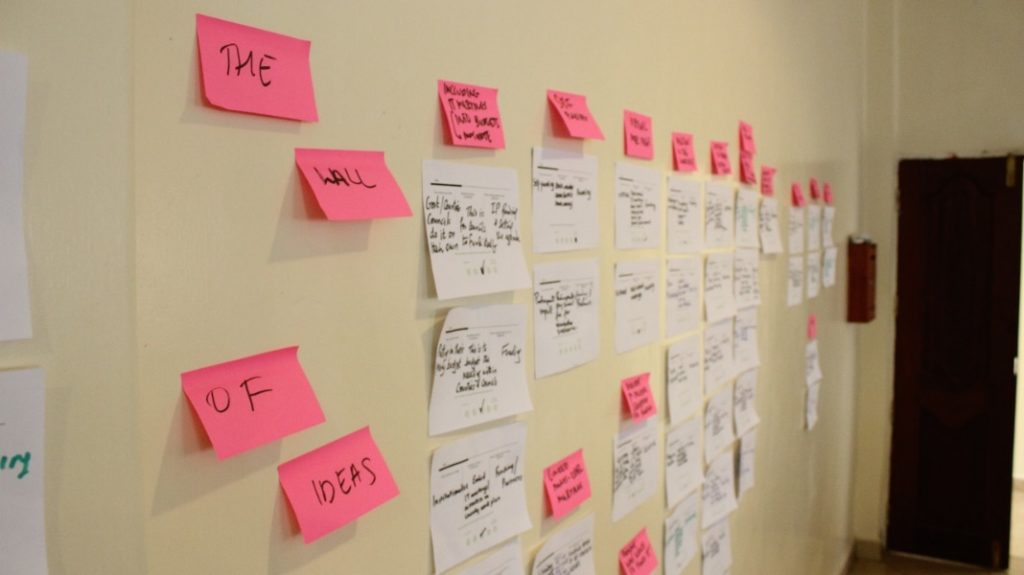Using Human-Centered Design to Improve our IMPACT Team Approach
January 9th, 2019 | viewpoint
“Welcome to Human Centered Design!!” – These words catapulted the inSupply team into the world of design thinking and user-centered strategies to improve our IMPACT Team approach. inSupply has been working to develop multiple IMPACT Team models to suit a variety of contexts and settings in order to scale up this proven approach to improve supply chain outcomes.

Human centered design (HCD) or design thinking is divided into three main phases: Inspiration which focuses on learning from the people and understanding their needs; Ideation to generate themes based on the insights collected, identify opportunities for design, and prototype different solutions; and Implementation to further iterate and improve the final product.
The inSupply team signed up for the 10 week Acumen Human Centered Design online course. Using the principles taught in the course as well as engaging an HCD consultant, we started by identifying what our main challenges were with IMPACT Teams, many of which centered on sustainability and skill gaps around data interpretation and use within existing and new IMPACT Teams. We prepared to go out and do research using a variety of techniques as taught by the course: conducting interviews with a number of users and experts, and immersing ourselves in the users’ context to observe and identify challenges and opportunities.
The team conducted close to 20 interviews and observations, and interrogated and grouped the insights generated from all the field research into themes. We then used these during an ideation and prototyping workshop to identify the opportunities for design. We brainstormed on new ideas, identified clusters, and built out the IMPACT Team model prototypes, each with specific characteristics influencing their design and implementation.

These prototypes are being tested out and further iterated to produce final models which will then be implemented in the next phase of our grant using an adaptive learning approach. The models will come packaged as a toolkit with process guides and performance management support, to guide and monitor the implementation across a variety of contexts, supply chain maturity levels and by a variety of partners to simultaneously improve supply chain performance and efficiency. We are excited about the adaptive learning approach, which will enable implementers to rapidly learn what is working/not working and make immediate changes, while ensuring we can monitor and evaluate improvements over the course of implementation with a view to facilitate scale-up and set the stage for sustainability.

In conclusion, the entire team appreciated learning about HCD and going through this process. One member said “We learnt that design must embrace diversity and it is important as designers to be dynamic.” Going forward, HCD will become an integral part of our work in creating solutions that are user-centric and specific to our clients’ needs.
Written by Wambui Waithaka
We strive to build lasting relationships to produce better health outcomes for all.